The Serengeti National Park, a UNESCO World Heritage Site, allures millions of tourists annually with its vast plains and diverse wildlife. Are you curious about What Percentage Of The Serengeti Is For Safari Tourism? Approximately 80% of the Serengeti is accessible for wildlife viewing, supporting this thriving tourism industry. Let SIXT.VN guide you through the wonders of this iconic destination, offering expert travel tips and convenient services to ensure an unforgettable adventure. Explore the Serengeti’s safari areas with confidence, discovering its stunning landscapes and abundant wildlife.
1. Understanding the Serengeti National Park
The Serengeti National Park in Tanzania is renowned for its exceptional biodiversity and the Great Migration, where millions of wildebeest, zebras, and gazelles journey across its plains. A key factor in Serengeti’s enduring appeal lies in the balance between conservation and tourism. The Serengeti’s size and diverse ecosystems mean it requires careful management to ensure both wildlife preservation and high-quality tourist experiences.
1.1 Geographical Overview
The Serengeti covers an expansive 12,000 square miles (30,000 square kilometers), encompassing grasslands, woodlands, and riverine forests. According to the Tanzania National Parks Authority (TANAPA), the Serengeti is divided into various zones, each managed differently to balance conservation efforts with tourism activities.
1.2 Ecological Significance
The Serengeti’s ecological significance is immense. It supports a vast array of wildlife, including the Big Five (lion, elephant, buffalo, leopard, and rhino), as well as numerous bird species and smaller mammals. The Serengeti ecosystem is crucial for the survival of these species, making its protection a global priority.
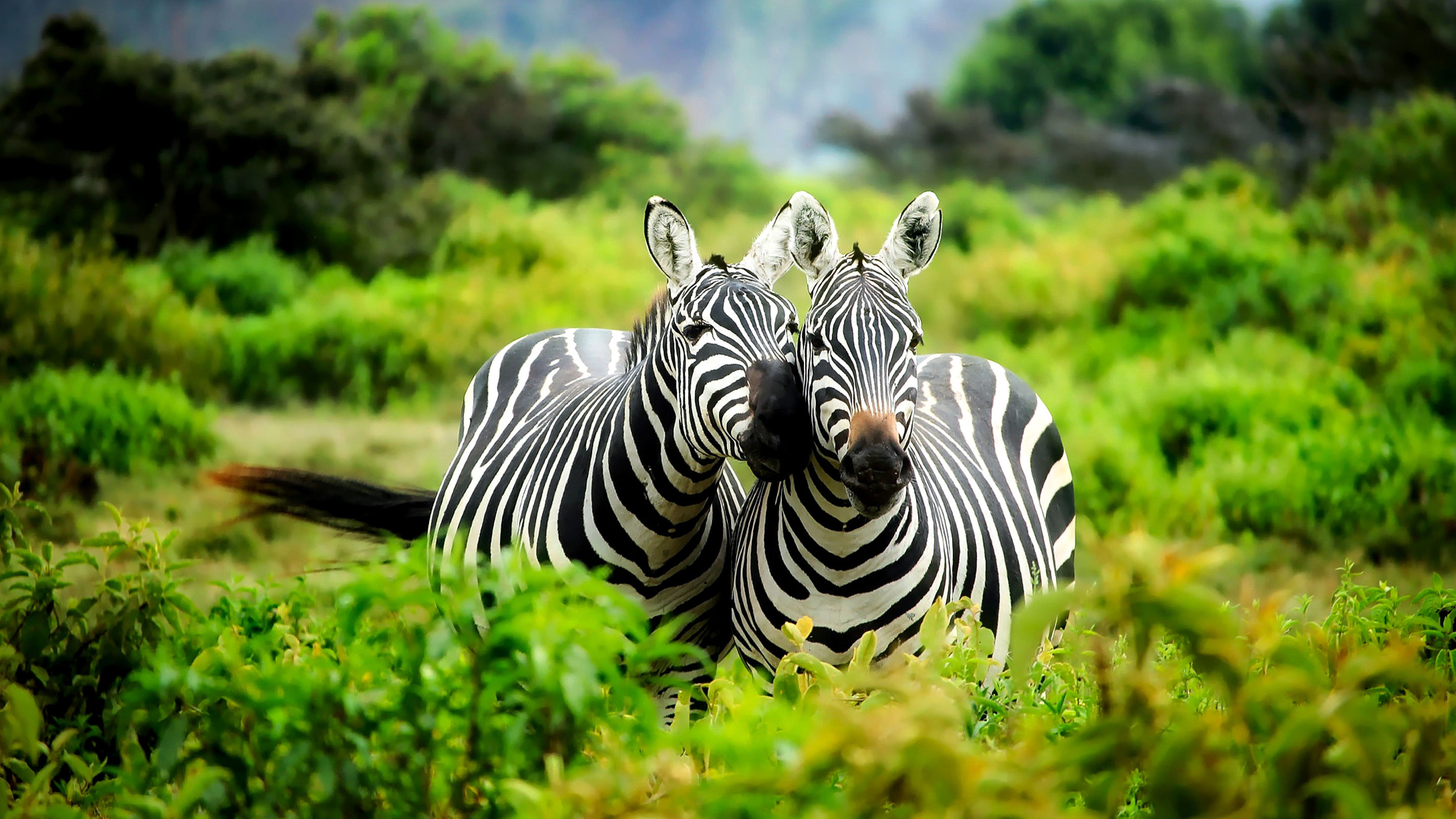 Zebras in the Serengeti
Zebras in the Serengeti
2. Tourism and Accessibility in the Serengeti
The Serengeti’s tourism sector is carefully managed to ensure sustainability and minimal impact on the environment. Most of the park is open for wildlife viewing, but some areas are designated as strictly protected zones.
2.1 Safari Zones
Approximately 80% of the Serengeti is open to safari tourism. This includes areas with well-maintained road networks and established camps and lodges. These zones are strategically located to provide optimal wildlife viewing opportunities while minimizing disturbance to sensitive habitats.
2.2 Restricted Areas
About 20% of the Serengeti is designated as restricted areas. These zones are typically remote or ecologically sensitive regions, often used for research and conservation purposes. Access to these areas is limited to researchers, park rangers, and authorized personnel.
2.3 Types of Safari Tourism
The Serengeti offers diverse safari experiences, each catering to different preferences and budgets. Options include:
- Game Drives: Conducted in 4×4 vehicles, game drives allow visitors to cover large areas and spot wildlife from a safe distance.
- Walking Safaris: These offer an immersive experience, allowing visitors to explore the bush on foot with experienced guides.
- Hot Air Balloon Safaris: Providing a unique perspective, hot air balloon safaris offer breathtaking views of the Serengeti landscape and wildlife.
- Luxury Camping: For those seeking comfort and adventure, luxury camping provides well-appointed accommodations in the heart of the Serengeti.
3. Conservation Efforts and Sustainable Tourism
Balancing tourism with conservation is a critical aspect of managing the Serengeti. Several initiatives ensure that tourism contributes positively to the preservation of this natural wonder.
3.1 TANAPA’s Role
The Tanzania National Parks Authority (TANAPA) plays a central role in regulating and managing tourism in the Serengeti. According to TANAPA’s official website, the organization is responsible for enforcing park regulations, collecting tourism fees, and overseeing conservation projects.
3.2 Community Involvement
Involving local communities in tourism and conservation efforts is essential for long-term sustainability. Many tourism operators partner with local communities, providing employment opportunities and supporting community development projects. This collaborative approach ensures that local residents benefit from tourism while actively participating in conservation efforts.
3.3 Eco-Friendly Practices
Many lodges and camps in the Serengeti have adopted eco-friendly practices to minimize their environmental impact. These include using renewable energy sources, implementing waste management systems, and supporting local conservation initiatives. By choosing eco-friendly accommodations, tourists can contribute to the sustainable management of the Serengeti.
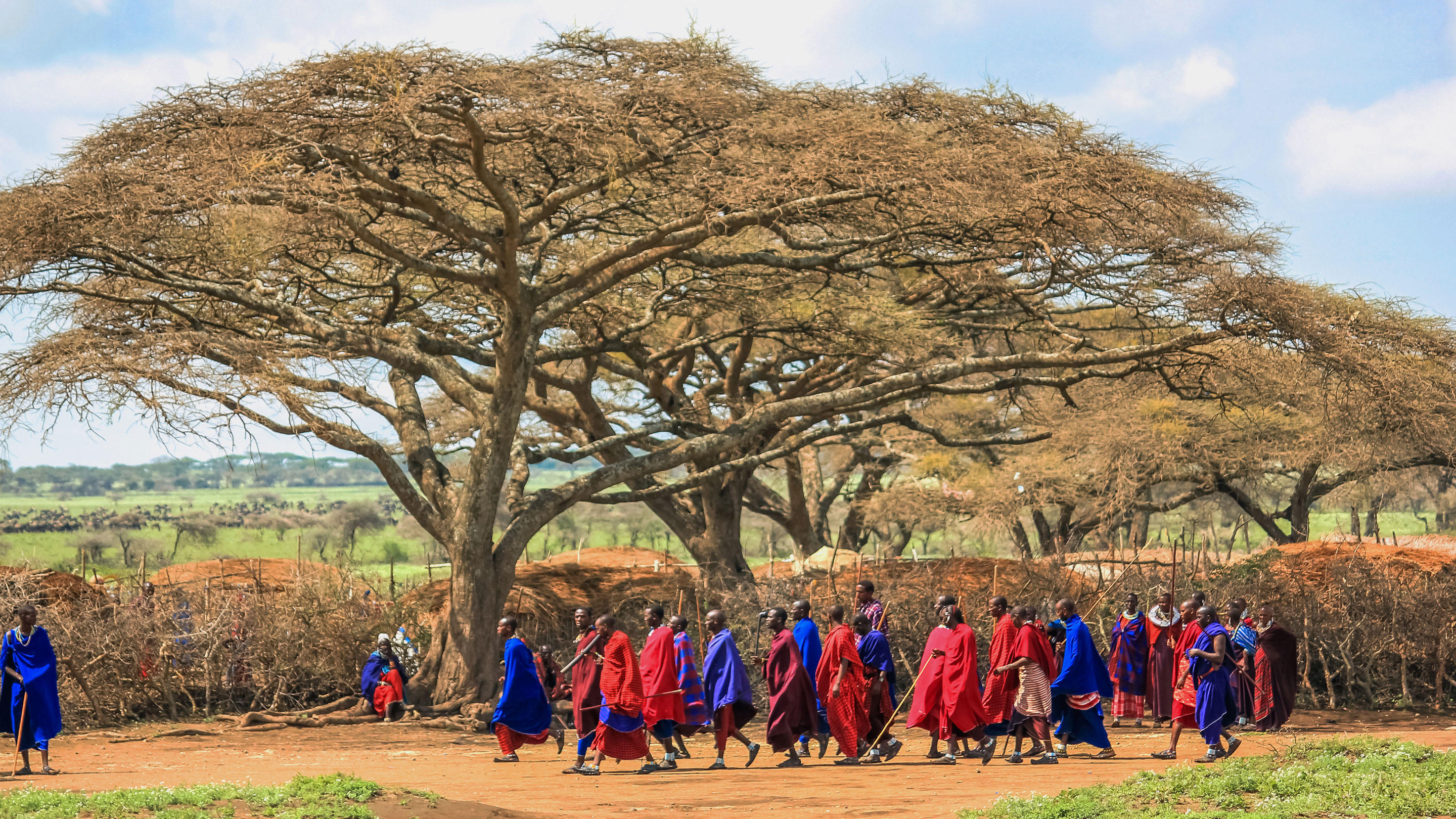 Maasai and acacia trees in the Serengeti
Maasai and acacia trees in the Serengeti
4. Planning Your Safari to the Serengeti
Planning a safari to the Serengeti involves several key considerations to ensure a safe, enjoyable, and responsible travel experience.
4.1 Best Time to Visit
The best time to visit the Serengeti depends on your specific interests. The dry season (June to October) is ideal for wildlife viewing, as animals congregate around water sources. The Great Migration typically occurs between June and August, offering a spectacular sight. The wet season (November to May) provides lush landscapes and excellent birdwatching opportunities.
4.2 Choosing a Safari Operator
Selecting a reputable safari operator is crucial for a successful trip. Look for operators that prioritize responsible tourism practices, support local communities, and have experienced guides. Check reviews and testimonials to ensure the operator meets your expectations.
4.3 Essential Packing List
Packing appropriately for a Serengeti safari involves bringing lightweight, neutral-colored clothing, sturdy walking shoes, a hat, sunglasses, sunscreen, insect repellent, and a camera with a zoom lens. Binoculars are also essential for wildlife viewing.
4.4 Health and Safety Precautions
Consult your doctor about necessary vaccinations and malaria prophylaxis before traveling to the Serengeti. It is also advisable to take precautions against mosquito bites by wearing long sleeves and using insect repellent, especially in the evenings.
5. Unique Experiences in the Serengeti
Beyond traditional game drives, the Serengeti offers unique experiences that provide deeper insights into its natural and cultural heritage.
5.1 Walking Safaris
Walking safaris offer an intimate connection with the Serengeti, allowing you to explore the bush on foot with experienced guides. These safaris provide opportunities to learn about the smaller details of the ecosystem, such as tracking animals, identifying plants, and observing birdlife.
5.2 Cultural Encounters
Visiting Maasai villages offers a chance to learn about the traditions and way of life of the local people. These cultural encounters provide a unique perspective on the human-wildlife coexistence in the Serengeti region.
5.3 Birdwatching Tours
The Serengeti is home to over 500 bird species, making it a paradise for birdwatchers. Guided birdwatching tours can help you spot and identify various species, from colorful migratory birds to majestic raptors.
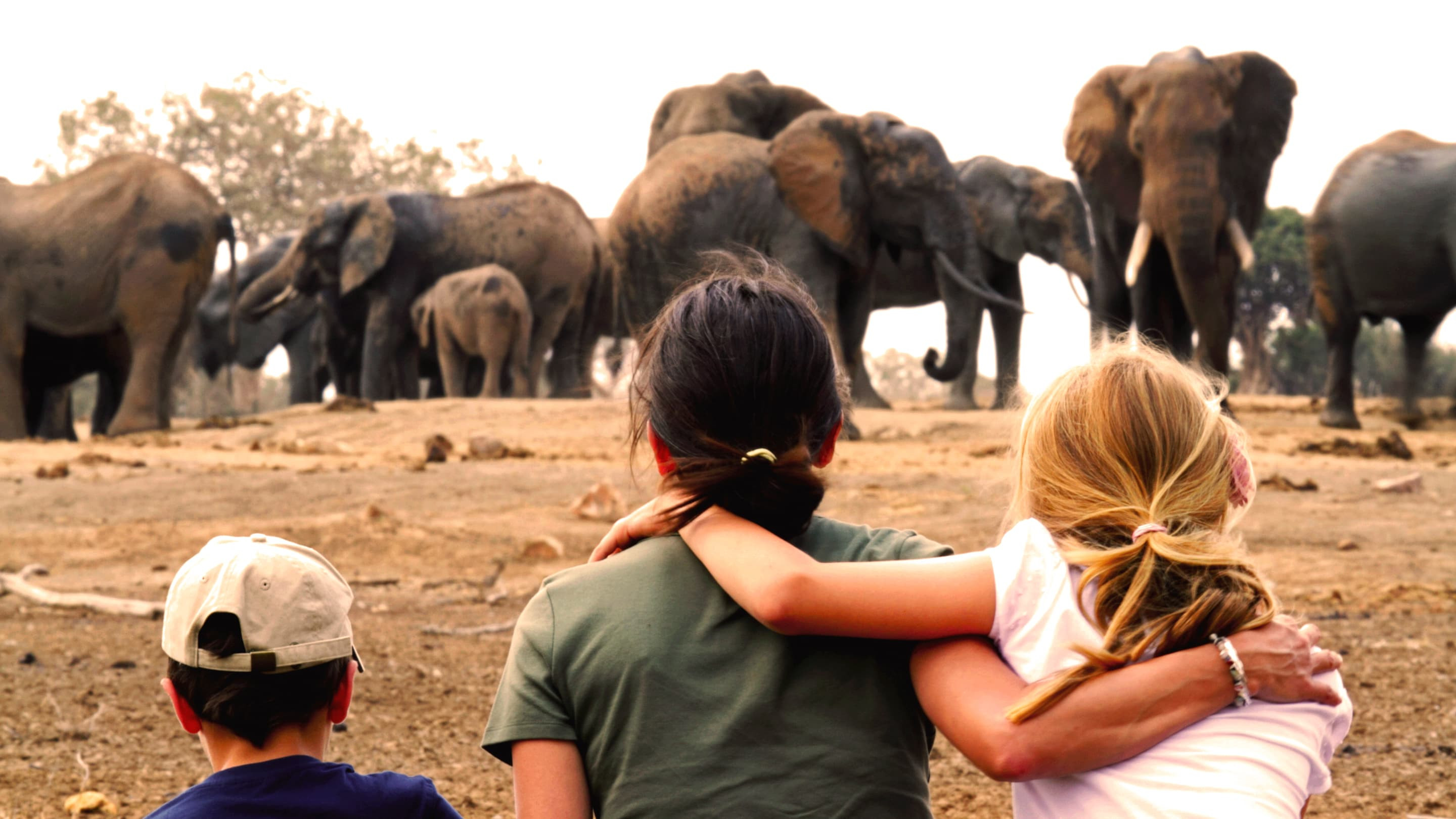 Woman, kids, and elephants in the Serengeti
Woman, kids, and elephants in the Serengeti
6. Accommodations in the Serengeti
The Serengeti offers a range of accommodations, from budget-friendly campsites to luxurious lodges and tented camps.
6.1 Lodges and Camps
Lodges and camps provide comfortable accommodations with amenities such as en-suite bathrooms, restaurants, and swimming pools. Many lodges offer stunning views of the Serengeti landscape and are strategically located for wildlife viewing.
6.2 Mobile Camps
Mobile camps offer a unique safari experience, moving to different locations within the Serengeti to follow the wildlife migrations. These camps provide comfortable tented accommodations with en-suite bathrooms and dining facilities.
6.3 Eco-Lodges
Eco-lodges prioritize sustainability, using renewable energy sources, implementing waste management systems, and supporting local conservation initiatives. These lodges offer a guilt-free way to enjoy the Serengeti while minimizing your environmental impact.
7. The Great Migration: A Spectacle of Nature
The Great Migration is one of the most spectacular wildlife events on Earth, involving millions of wildebeest, zebras, and gazelles moving across the Serengeti in search of greener pastures.
7.1 Migration Patterns
The migration follows a cyclical pattern, with the animals moving from the southern Serengeti in the wet season to the western and northern regions in the dry season. The timing of the migration varies depending on rainfall patterns, but it typically occurs between June and August.
7.2 River Crossings
One of the most dramatic events of the Great Migration is the river crossings, where the animals brave crocodile-infested waters to reach the other side. These crossings are a thrilling sight but also a vulnerable time for the animals.
7.3 Witnessing the Migration
Witnessing the Great Migration is a once-in-a-lifetime experience. To increase your chances of seeing the migration, plan your visit during the peak migration season and work with an experienced safari operator who knows the best locations.
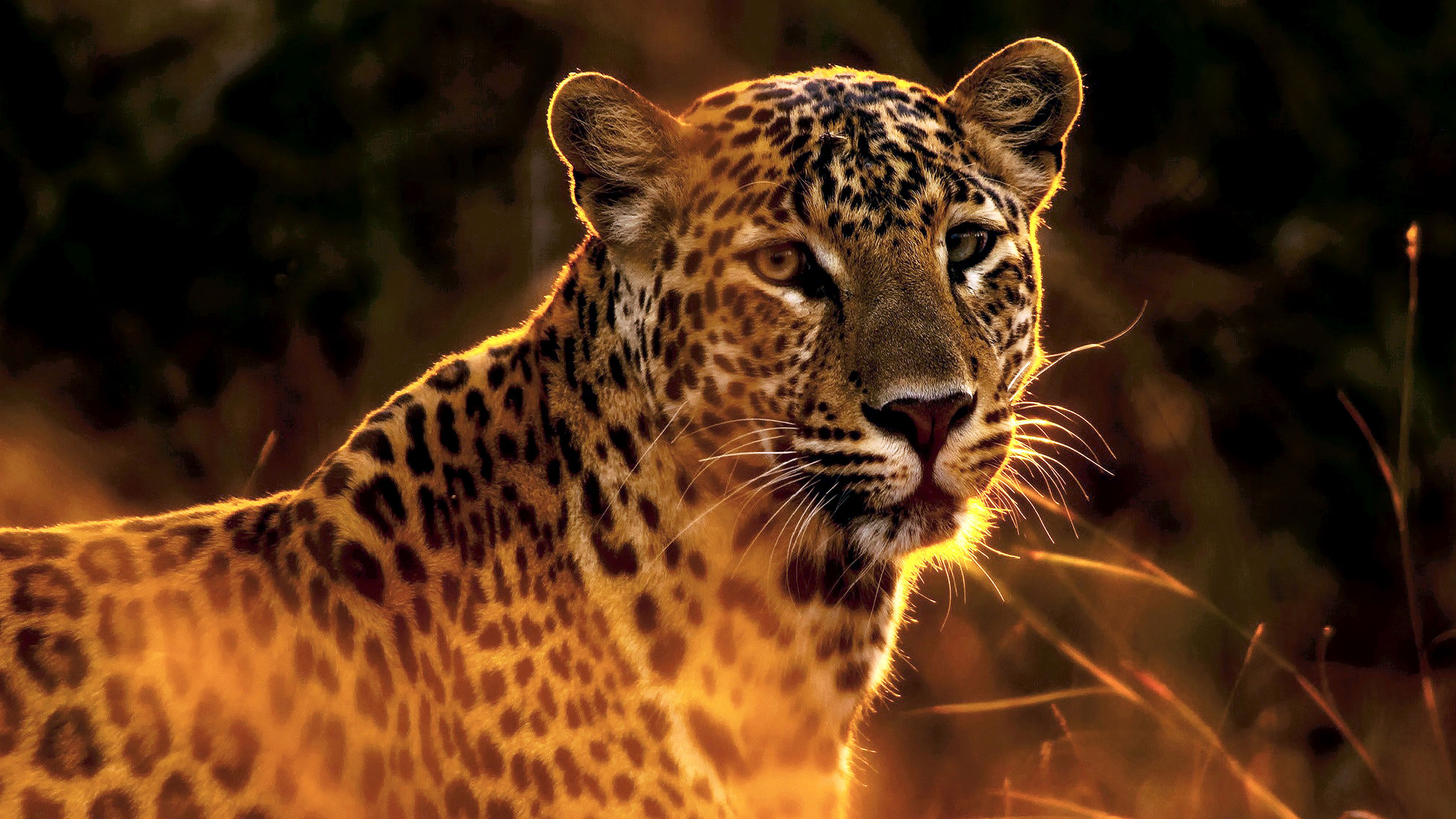 Evening leopard in the Serengeti
Evening leopard in the Serengeti
8. Challenges and Threats to the Serengeti
Despite its protected status, the Serengeti faces several challenges and threats that could impact its long-term sustainability.
8.1 Poaching
Poaching remains a significant threat to wildlife in the Serengeti, particularly for elephants and rhinos. Increased anti-poaching efforts, including patrols and community involvement, are essential to combat this threat.
8.2 Habitat Loss
Habitat loss due to agricultural expansion and human settlement poses a threat to the Serengeti ecosystem. Sustainable land-use planning and community-based conservation initiatives are needed to mitigate this threat.
8.3 Climate Change
Climate change is expected to have significant impacts on the Serengeti, including altered rainfall patterns, increased temperatures, and changes in vegetation. These changes could disrupt the migration patterns and impact wildlife populations.
9. SIXT.VN: Your Partner for Exploring Vietnam
While the Serengeti offers an incredible safari experience, SIXT.VN is your trusted partner for exploring the beauty of Vietnam. We provide a range of travel services to ensure a seamless and unforgettable trip.
9.1 Tailored Itineraries
SIXT.VN offers tailored itineraries to suit your preferences and interests. Whether you want to explore the bustling streets of Hanoi, relax on the beaches of Da Nang, or discover the cultural heritage of Hoi An, we can create a personalized itinerary just for you.
9.2 Airport Transfers
Arrive in Vietnam with ease with our convenient airport transfer services. Our professional drivers will greet you at the airport and transport you to your hotel in comfort and style.
9.3 Hotel Booking
We offer a wide selection of hotels to suit every budget and preference. From luxury resorts to boutique hotels, we can help you find the perfect accommodation for your stay in Vietnam.
9.4 Tours and Activities
Discover the best of Vietnam with our guided tours and activities. Explore historic sites, sample local cuisine, and immerse yourself in the vibrant culture of this fascinating country.
9.5 Car Rental Services
For independent travelers, we offer car rental services to allow you to explore Vietnam at your own pace. Choose from a range of vehicles to suit your needs, and enjoy the freedom to discover hidden gems off the beaten path.
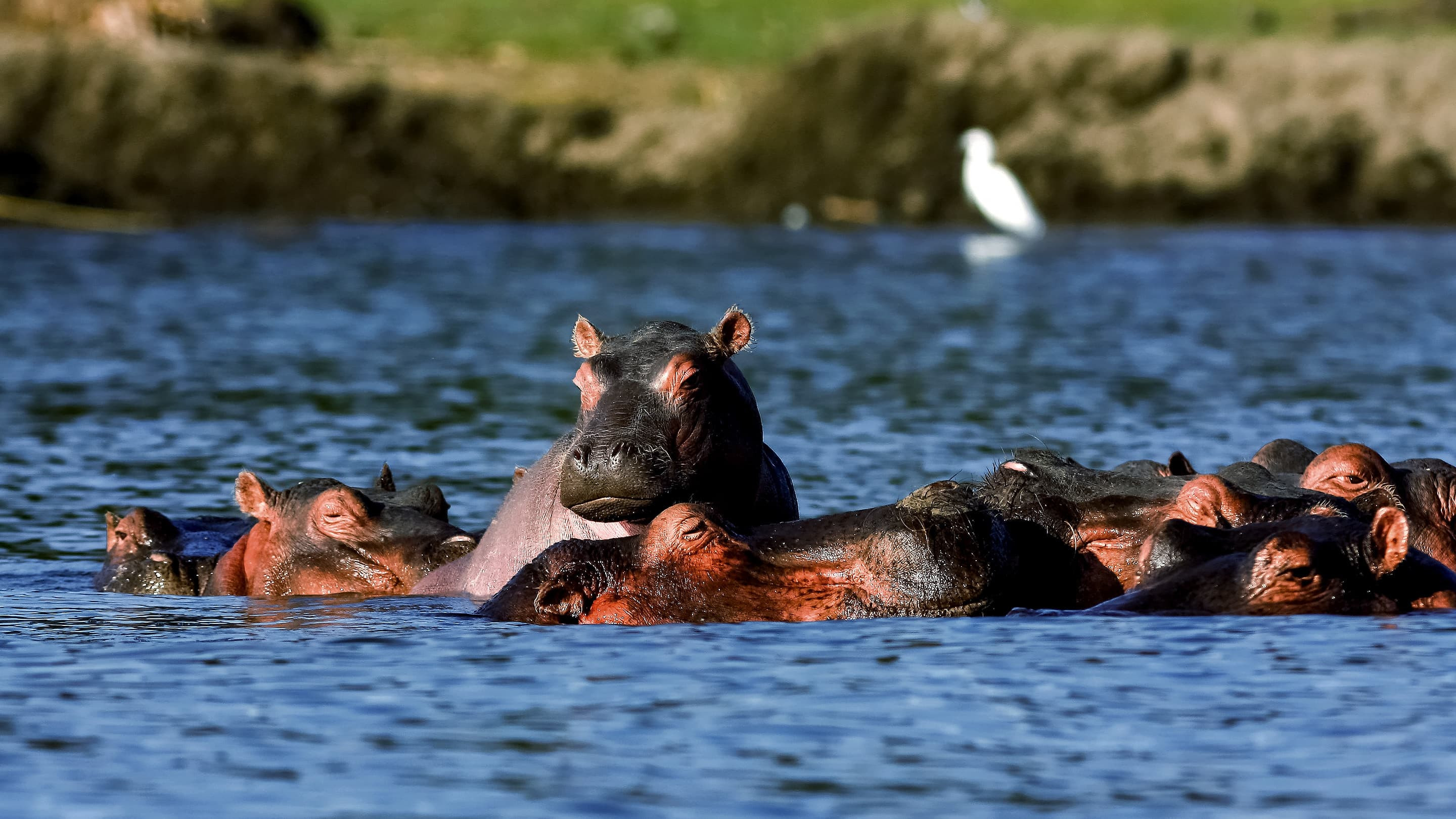 Hippos in the Serengeti
Hippos in the Serengeti
10. Discover Hanoi with SIXT.VN
Hanoi, the capital of Vietnam, is a city of timeless beauty and cultural richness. Let SIXT.VN guide you through the highlights of this enchanting destination.
10.1 Exploring the Old Quarter
The Old Quarter of Hanoi is a maze of narrow streets, each specializing in a different trade. Explore the bustling markets, sample street food delicacies, and soak up the vibrant atmosphere of this historic district.
10.2 Visiting Hoan Kiem Lake
Hoan Kiem Lake is a tranquil oasis in the heart of Hanoi. Take a stroll around the lake, visit Ngoc Son Temple, and learn about the legend of the Golden Turtle.
10.3 Experiencing Water Puppet Shows
Water puppet shows are a traditional Vietnamese art form that dates back centuries. Watch skilled puppeteers perform stories on a water stage, accompanied by live music and narration.
10.4 Sampling Hanoi’s Cuisine
Hanoi is a food lover’s paradise, with a diverse range of culinary delights to discover. Try local specialties such as pho, bun cha, and egg coffee, and savor the unique flavors of Vietnamese cuisine.
11. Tips for Responsible Travel in the Serengeti and Vietnam
Whether you’re exploring the Serengeti or Vietnam, responsible travel practices can help minimize your impact on the environment and local communities.
11.1 Respecting Wildlife
Maintain a safe distance from wildlife, avoid feeding animals, and follow the instructions of your guide. Do not disturb or harass animals in their natural habitat.
11.2 Supporting Local Communities
Purchase souvenirs from local artisans, dine at locally-owned restaurants, and support community-based tourism initiatives. This helps ensure that your tourism dollars benefit the people who call these destinations home.
11.3 Reducing Waste
Minimize your use of single-use plastics, bring a reusable water bottle, and dispose of waste properly. Support businesses that prioritize sustainability and environmental conservation.
11.4 Conserving Resources
Conserve water and energy by turning off lights and appliances when not in use, and taking shorter showers. Be mindful of your environmental footprint and strive to minimize your impact on the planet.
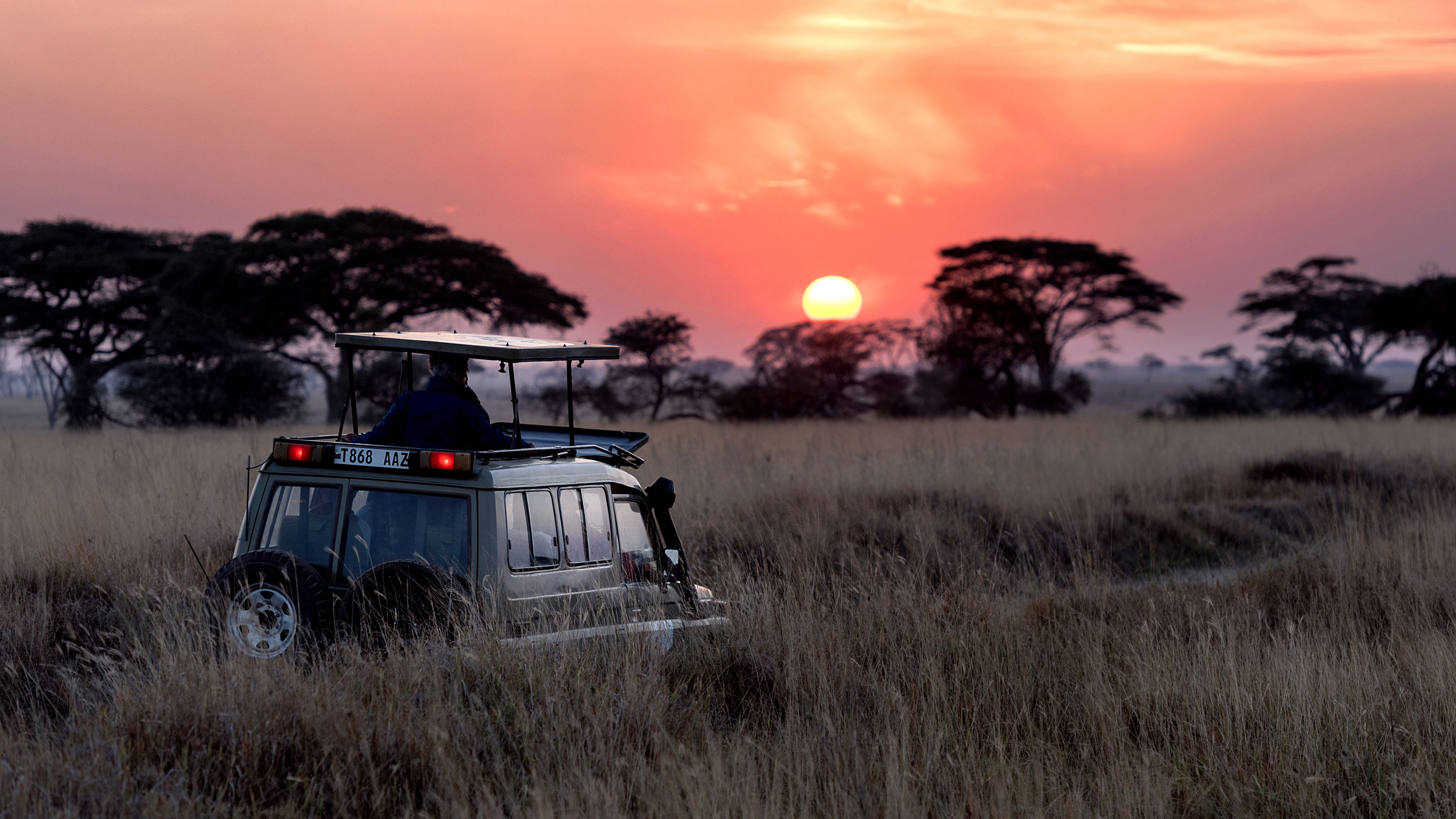 Sunset game drive in the Serengeti
Sunset game drive in the Serengeti
12. FAQs About Serengeti Safari Tourism
Here are some frequently asked questions about safari tourism in the Serengeti:
12.1 What percentage of the Serengeti is for safari tourism?
Approximately 80% of the Serengeti is accessible for safari tourism, with the remaining 20% reserved for research and conservation.
12.2 What is the best time to visit the Serengeti for wildlife viewing?
The dry season (June to October) is generally considered the best time for wildlife viewing, as animals congregate around water sources.
12.3 How can I ensure my safari is eco-friendly?
Choose eco-lodges and safari operators that prioritize sustainability, support local communities, and implement waste reduction strategies.
12.4 What should I pack for a Serengeti safari?
Pack lightweight, neutral-colored clothing, sturdy walking shoes, a hat, sunglasses, sunscreen, insect repellent, and a camera with a zoom lens.
12.5 Is it safe to drink the water in the Serengeti?
It is not safe to drink tap water in the Serengeti. Drink bottled water or use a water filter or purification tablets.
12.6 What vaccinations do I need for a Serengeti safari?
Consult your doctor about necessary vaccinations and malaria prophylaxis before traveling to the Serengeti.
12.7 How can I contribute to conservation efforts in the Serengeti?
Support local conservation organizations, participate in responsible tourism practices, and spread awareness about the importance of wildlife conservation.
12.8 What is the Great Migration?
The Great Migration is a spectacular wildlife event involving millions of wildebeest, zebras, and gazelles moving across the Serengeti in search of greener pastures.
12.9 Can I visit the Serengeti on a budget?
Yes, it is possible to visit the Serengeti on a budget by choosing budget-friendly accommodations, camping, and traveling during the low season.
12.10 What are some unique experiences in the Serengeti?
Unique experiences include walking safaris, cultural encounters with Maasai communities, and birdwatching tours.
Conclusion: Embark on Your Next Adventure with SIXT.VN
The Serengeti National Park offers an unparalleled safari experience, with 80% of its vast expanse dedicated to showcasing its incredible wildlife and landscapes. By choosing responsible tourism practices and supporting local communities, you can contribute to the preservation of this natural wonder for future generations. And when you’re ready to explore the vibrant beauty of Vietnam, SIXT.VN is here to guide you every step of the way. From tailored itineraries to convenient airport transfers and a wide selection of hotels, we ensure a seamless and unforgettable travel experience. Discover the magic of the Serengeti and the enchanting charm of Vietnam with SIXT.VN – your trusted partner for extraordinary adventures.
Contact us today to start planning your dream trip:
- Address: 260 Cau Giay, Hanoi, Vietnam
- Hotline/Whatsapp: +84 986 244 358
- Website: SIXT.VN



